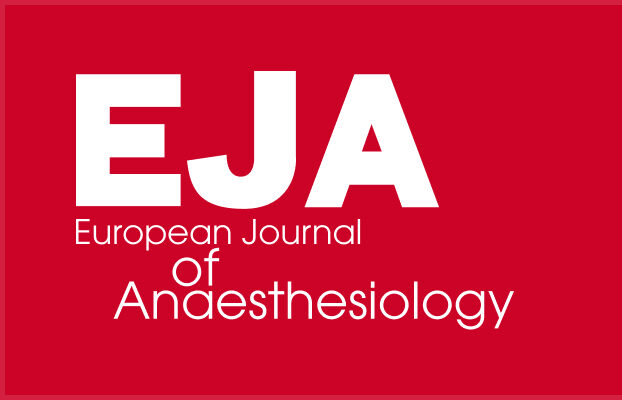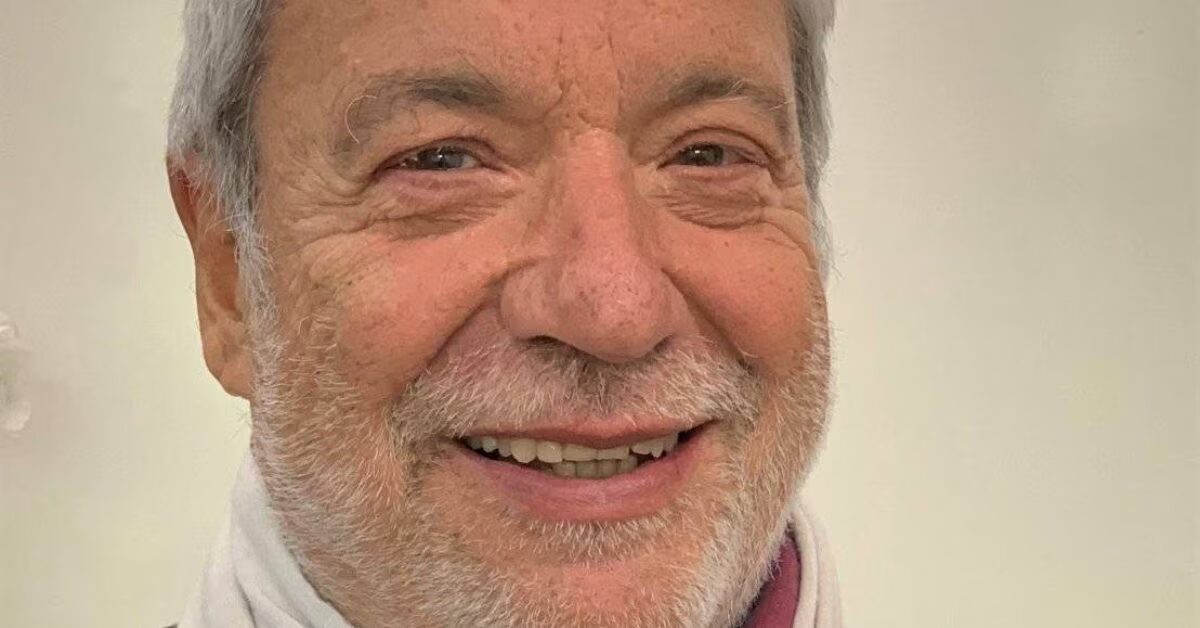ESAIC News
Managing Critical Bleeds in FXa-Inhibited Patients

Industry-sponsored session
Sunday 29 November, 1300H-1400H CET
One of the talks in this special symposium during Sunday’s Euroanaesthesia program covers the unmet need in the treatment of direct FXa inhibitor-associated critical bleeding and will be presented by Professor Marc Maegele, a trauma surgeon and intensive/emergency care specialist based at the Cologne-Merheim Medical Center, Cologne, Germany.
He will explain how the recent development of crucial antidotes to these drugs, andexanet alfa (made by Portola, recently merged with Alexion) and idarucizumab, are now vital weapons to stop dangerous or fatal bleeding linked to anticoagulant drugs.
Overall, around 3% to 4% of patients are anticoagulated on arrival at the emergency room, increasing to 50% in patients admitted with hip or proximal femur fractures. Studies from Professor Maegele’s own centre show that around half of traumatic brain injury (TBI) patients over 60 years of age are anticoagulated, with around 20% of these patients taking direct oral anticoagulants (DOACs). The number of patients on DOACs is consistently increasing due to population ageing.
Professor Maegele´s talk will cover data showing that DOACs appear to cause fewer bleeding and fatal bleeding events compared to vitamin K antagonists and platelet inhibitors. However, a study conducted with colleagues in Salzburg (Austria) showed that even on DOACs, around 1 in 4 patients with TBI suffer an intracranial haemorrhage (ICH).
He will explain that treatment with tranexamic acid (TXA) and prothrombin complex concentrate (PCC) may not be effective in all patients with ICH, which is where these new antidote molecules come in. If the patient is suffering bleeding through dabigatran treatment, they can be given idarucizumab to reverse its effect. In the case of FXa inhibitors such as apixaban and rivaroxaban, the antidote is andexanet alfa.
Professor Maegele concludes: “If DOAC or anti-FXa administration is suspected in patients, these treatments should be stopped, and if a reversal is needed, andexanet alfa can be administered to the patient. In cases of extreme or life-threatening bleeding, andexanet alfa is the antidote but in case this is not available, tranexamic acid and PCC may be an option.”
In the second presentation in this session, Dr Christian Fenger-Eriksen (Aarhus University Hospital, Denmark) looks at the therapeutic options and guidelines for managing critical bleeds in FXa-inhibited patients, and concludes that reversal therapies should only be initiated when bleeds are in fact life-threatening.
The options for such patients include stopping their DOAC, infusing activated charcoal if their last DOAC dose was within two hours, reversal therapies such as andexanet alfa, or watchful waiting. In his talk, Dr Fenger-Eriksen will present data from an observational study in Sweden from 2020, showing lower mortality and better neurological status in patients given reversal therapy compared to those who were not.
Dr Fenger-Eriksen does not discuss andexanet alfa in detail in his presentation as this is covered in the final talk of the session. The option of fresh frozen plasma (FFP) as a reversal strategy will be discussed, but Dr Fenger-Eriksen explains the presence of any FXa inhibitor in the plasma may block newly administered coagulants, potentially resulting in no benefit. Recombinant factor VIIa can also be used, but, he explains: “Clinical data is limited and there is a high thromboembolitic risk posed by this drug when used outside of its indication, which was acknowledged by a warning issued by the US FDA several years ago.”
A widely-used reversal strategy is PCC containing factors II, VII, IX, and X, along with antithrombin, protein C,S and heparin. However, individual factor content can vary widely among different PCCs, and studies have shown they only generate sufficient thrombin when blood DOAC levels are in lower ranges than typically found in many patients. Dr Fenger-Eriksen will also discuss results from the UPRATE study (Canada/Sweden) which found 4-factor PCC to be an effective reversal agent in two thirds of cases. “However, this means one-third of patients have ineffective reversal,” he says. “It is then a clinical question – are we satisfied with this?”
He concludes by discussing current guidelines from the European Stroke Association and the European Heart Rhythm Association, both of which recommend andexanet alfa ahead of PCC for reversal in patients on apixaban or rivaroxaban (while for dabigatran the reversal agent is idarucizumab). “It’s all about patient selection,” explains Dr Fenger-Eriksen. “Because if you give a reversal agent, it should be because the patient has life-threatening bleeding.”
He also refers to recommendations published by other anaesthesiologists in Transfusion Medicine and Immunotherapy stating that, if surgery is likely in the next 12 to 24 hours, DOAC levels should be measured, and if they are found to be low, surgery can proceed. If high, a reversal agent should be given before surgery.
In summary, he concludes that in patients on DOAC and suffering major bleeds, DOAC treatment should be stopped and reversal guided by the severity of the bleeding, with andexanet alfa recommended ahead of PCC in various guidelines; PCC recommended over recombinant factor VIIa; and FFP not recommended. “Although these are good recommendations, we cannot close the case yet – we need more answers, such as a trial comparing andexanet alfa versus PCC versus watchful wating.”
In the final presentation, Associate Professor Oliver Grottke (RWTH Aachen University Hospital, Aachen, Germany) will give an overview of clinical data relating to andexanet alfa, and its relevance in treating anti-factor Xa related critical bleeding.
Andexanet alfa is a recombinant humanised factor Xa, and acts as a factor Xa decoy, working by binding with apixaban or rivaroxaban. In his talk, Prof Grottke will discuss a number of studies of andexanet alfa, beginning with the ANNEXA A (apixaban) and ANNEXA R (rivaroxaban) studies. “These both recruited healthy volunteers, and showed a 92% reduction in anti-FXa activity following a bolus and 2-hour infusion of andexanet alfa. No serious or severe adverse advents were reported in these studies,” says Prof Grottke.
Also covered will be the ANNEXA-4 study that led to approval of andexanet alfa in the USA, and later Europe. This study assessed 352 patients receiving either apixaban or rivaroxaban and suffering an acute life-threatening bleeding event. The primary endpoint was the proportion of patients with excellent or good haemostasis. To be included, patients needed to have exact blood measurements of FXa inhibitors, and certainty that the last dose received was in the previous 18 hours.
Among these patients, some two thirds had ICH, 26% had a gastrointestinal bleed, and 10% other types of bleed. The study showed a 92% reduction of anti FXa activity after receiving the bolus/infusion of andexanet alfa, however there was some evidence of rebound after four hours. Importantly, this rebound did not translate in rebleeding in most cases, as 84% of patients had excellent or good haemostasis. Regarding adverse events, 10% of patients had thrombotic events, but none of these patients had been orally re-anticoagulated. Mortality was 14% among those receiving andexanet alfa, a figure that was not unexpected due to the severity of ICH in some patients.
Prof Grottke also looks at data from the UK Orange Registry study which although it has a different study design and was a different cohort, was used to indirectly compare andexanet alfa with PCC. The analysis propensity matched patients between the two studies, and found 30-day mortality is 50-70% lower when given andexanet alfa compared to PCC.
He will conclude by covering two new studies on andexanet alfa in his talk. Annexa-I directly compares this therapy to standard of care including PCC. Patients must have had an ICH within 6 hours of symptom onset and be within 15 hours of their last dose of FXa inhibitor. Again, this study will measure the proportion of patients with excellent or good haemostasis. And in the Annexa-S study, andexanet alfa will be evaluated in patients receiving FXa inhibitors and requiring urgent surgery, with the primary endpoint the proportion of patients with excellent or good intraoperative haemostasis.
Read More of our special newsletter covering our virtual congress
Visit our COVID-19 Resource Hub for other news and resources.










